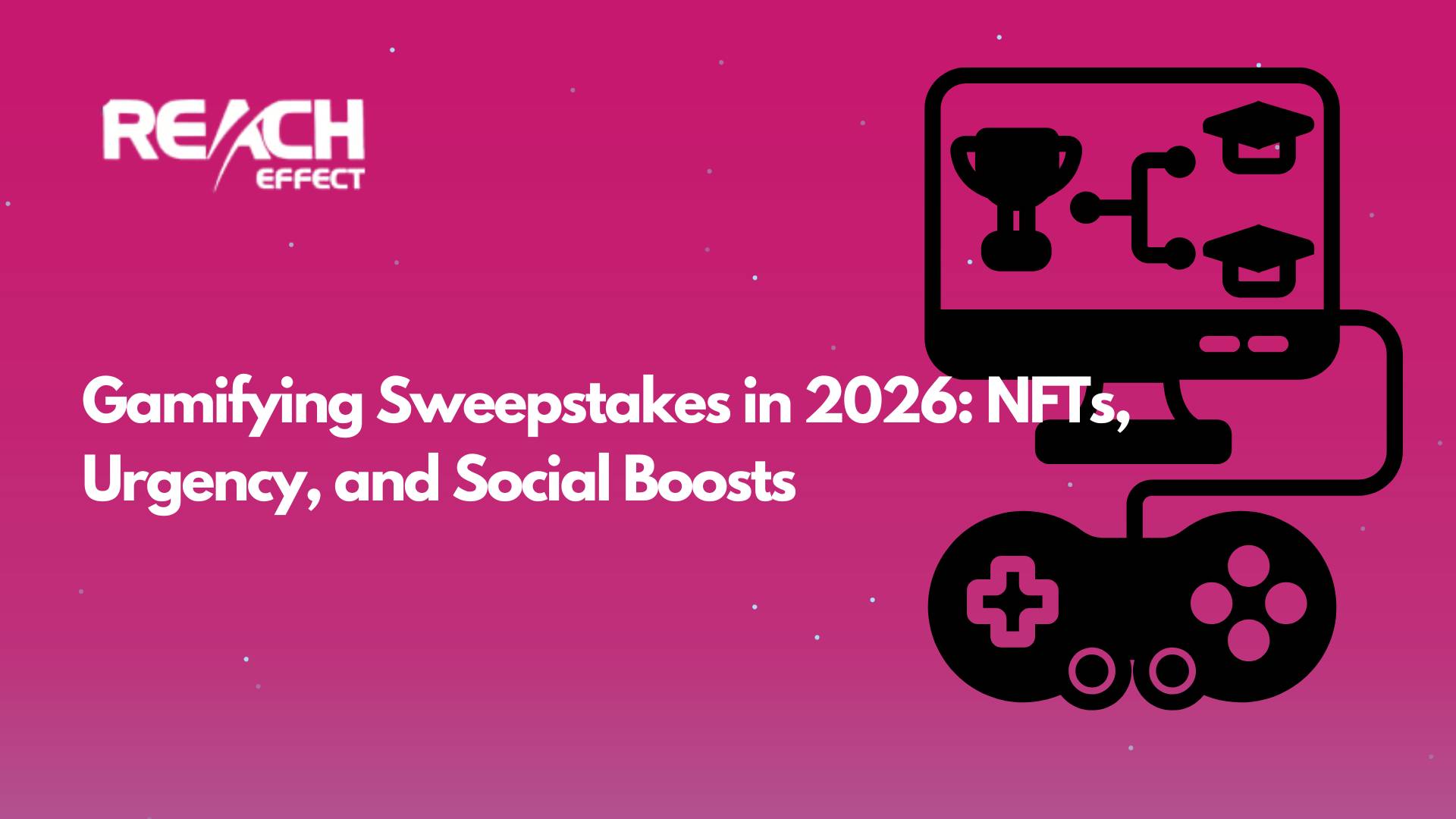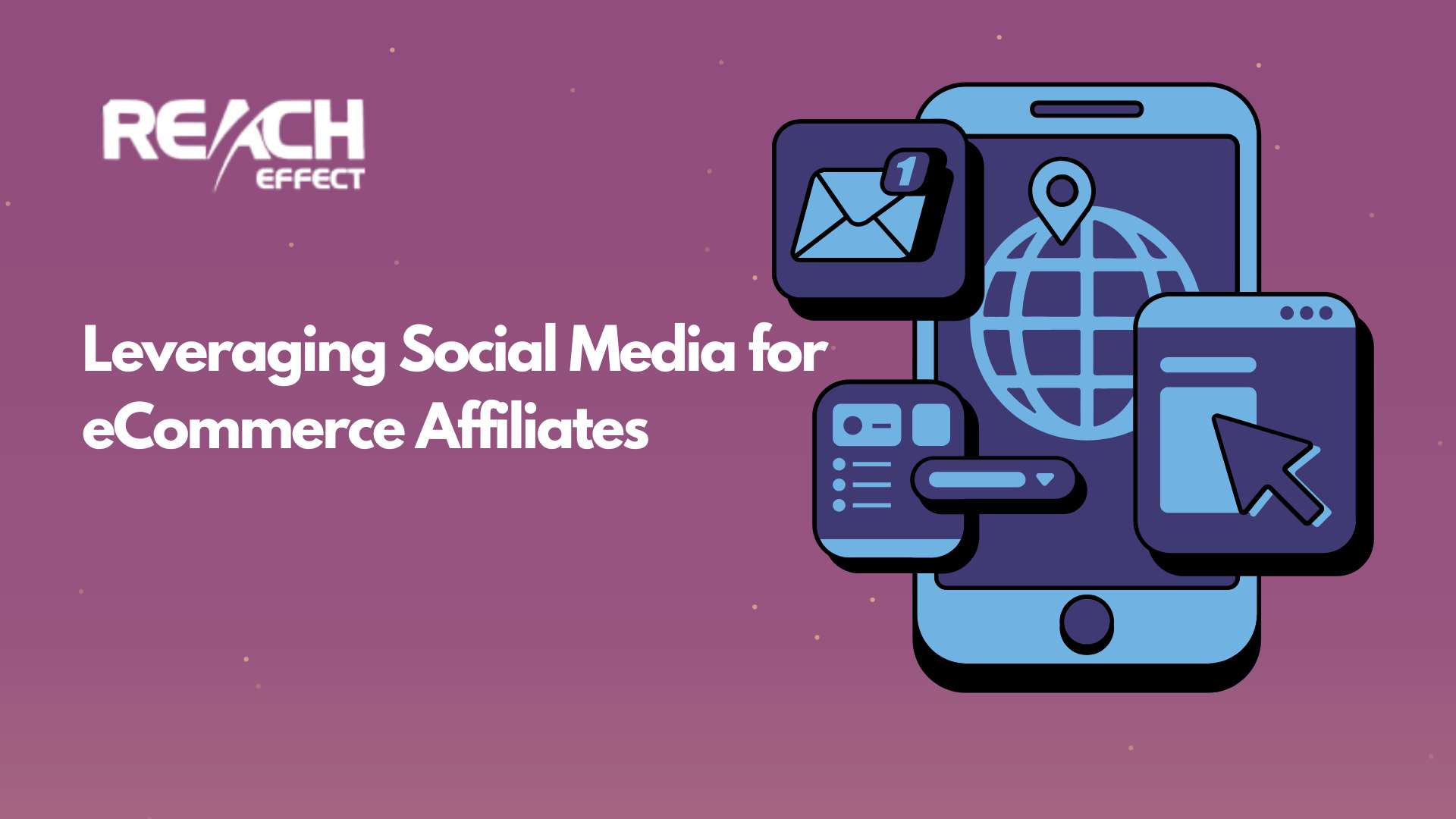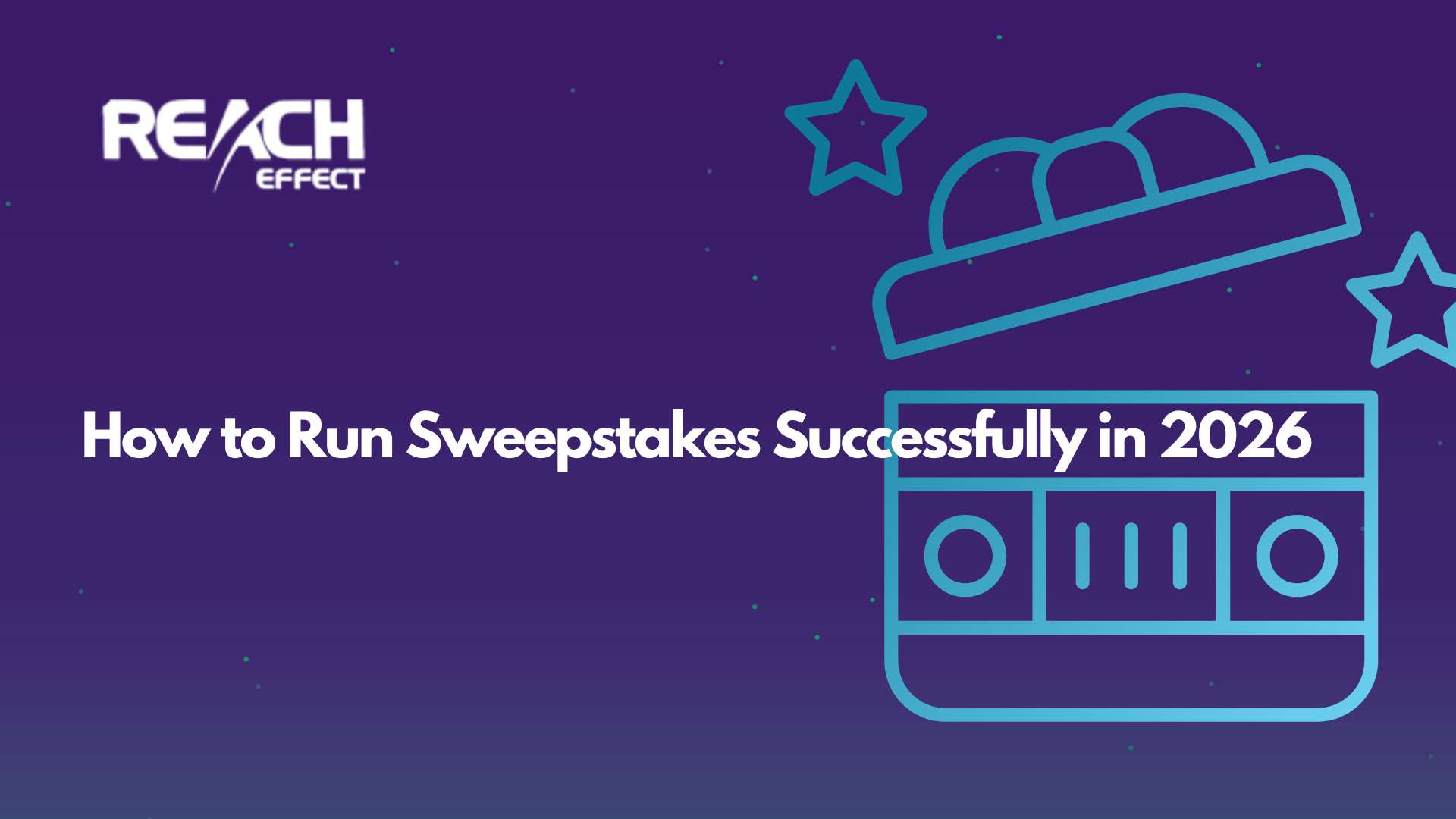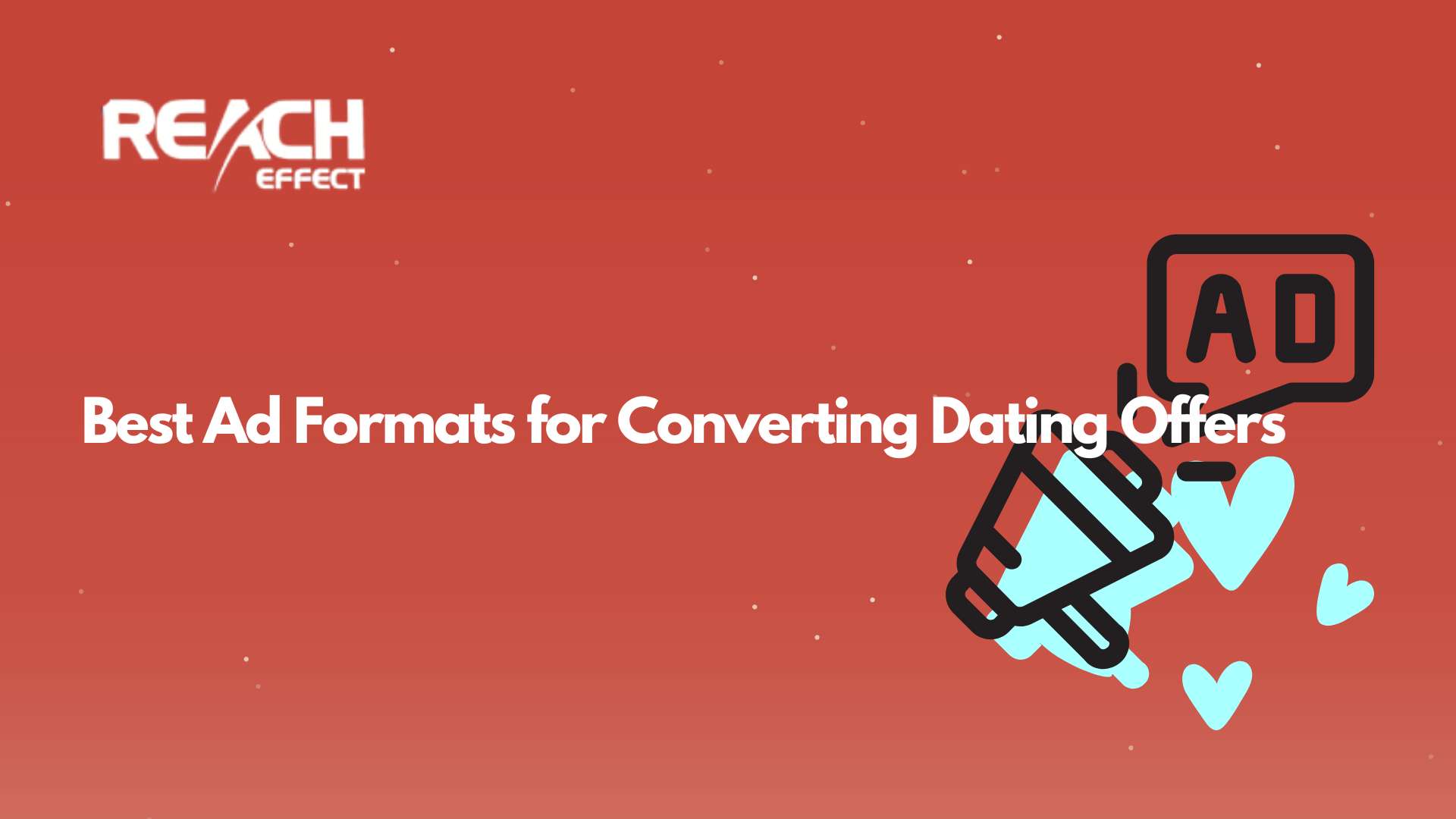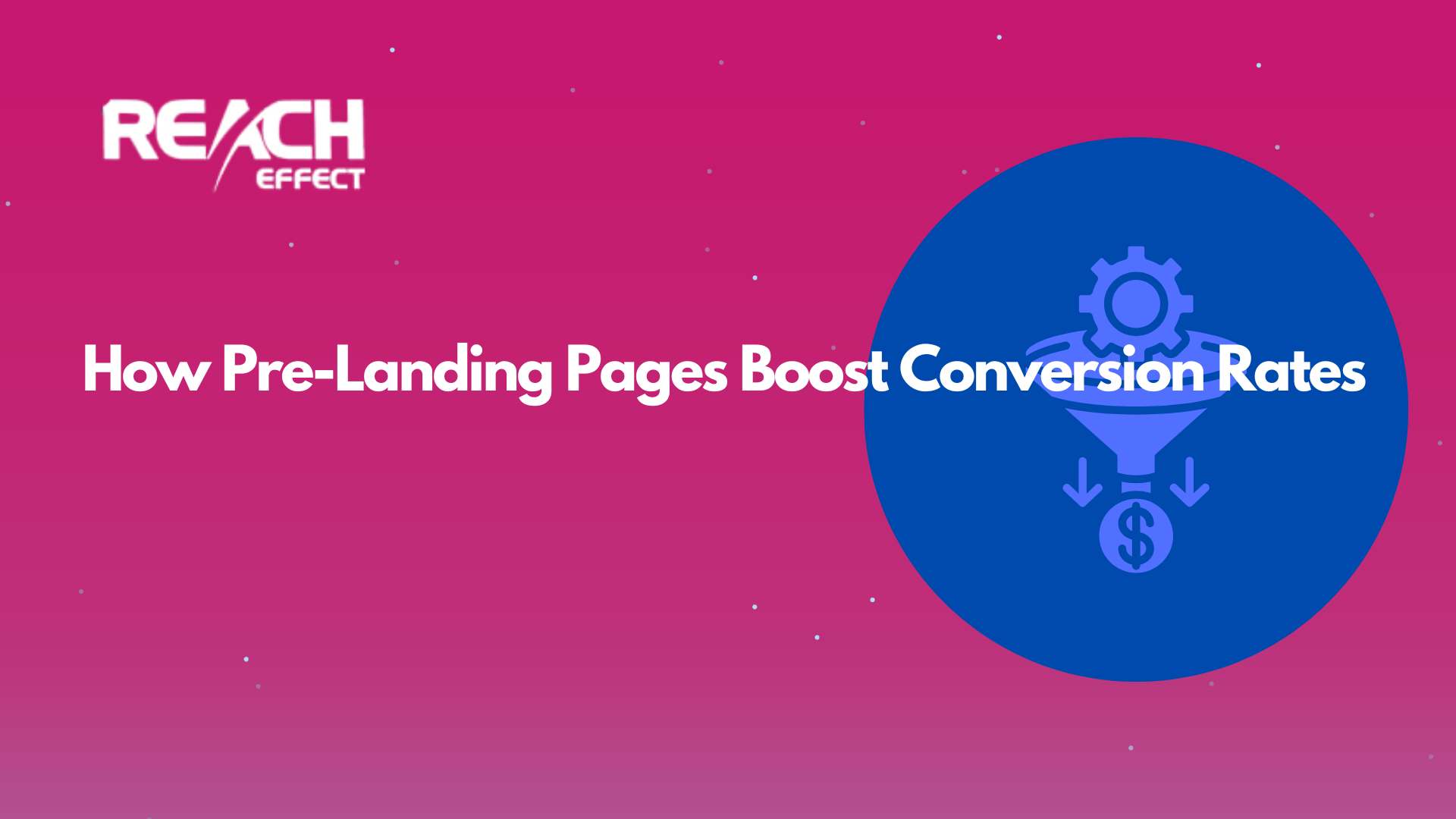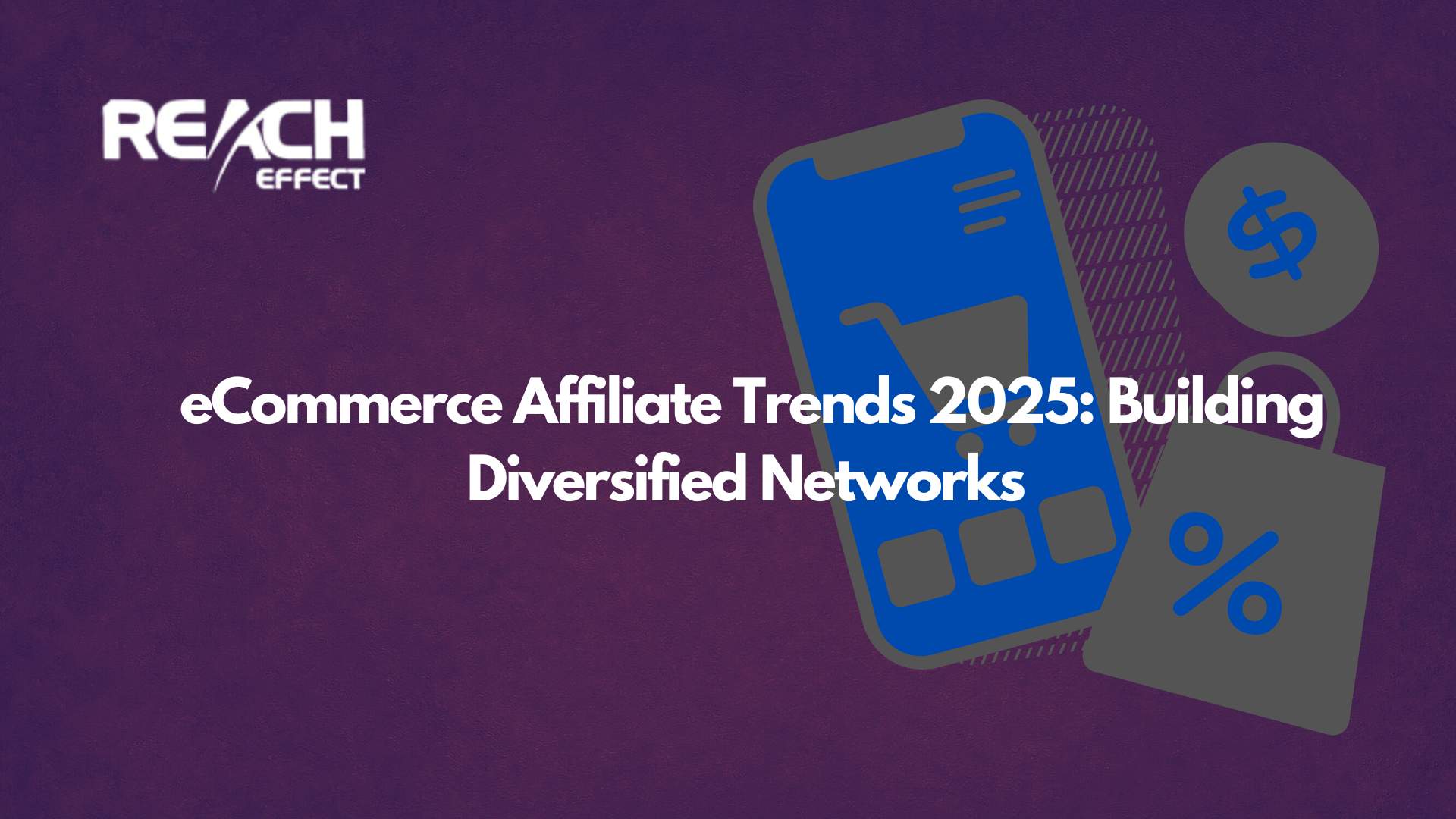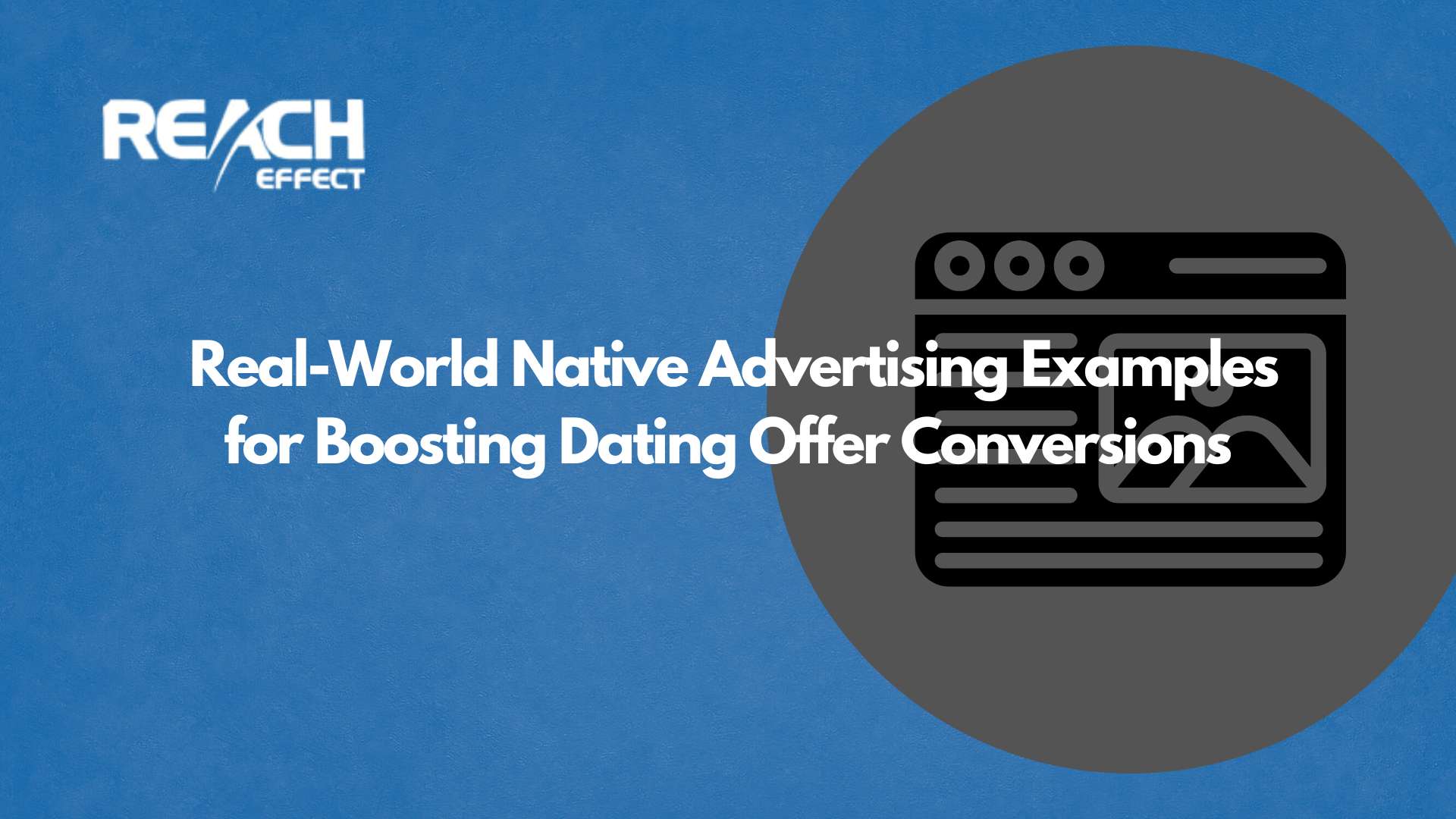Sales Qualified Leads (SQLs) are the foundation of a strong sales strategy. These are potential customers who have shown clear interest in your product or service and have been reviewed by both marketing and sales teams to confirm they’re ready for direct contact. Focusing on SQLs matters because they are the leads most likely to become paying customers.
In this article, we’ll walk through what a sales qualified lead is, how to identify them, and how to turn them into customers, all in a simple, friendly way. By the end, you’ll have practical steps to make the most of these valuable prospects. Let’s dive in.
What Is a Sales Qualified Lead?
A sales qualified lead is a prospect who has moved past casual interest and is now ready for a sales conversation. It’s a little bit like the next step after being a marketing qualified lead.
Unlike leads who might just browse your website or open an email, SQLs have taken specific steps that show they’re seriously considering your product. This could mean requesting a demo, asking about pricing, or filling out a form to learn more. The key is intent. These leads aren’t just curious, they’re potential buyers who fit your business’s criteria.
What sets an SQL apart is the vetting process. Marketing might flag a lead as promising based on initial engagement, but the sales team confirms they’re a good match by checking things like budget, needs, or company size. This teamwork ensures that SQLs are worth your time. Understanding this difference helps you focus on the right people and avoid chasing leads who aren’t ready.
Why Sales Qualified Leads Matter
Focusing on SQLs saves time and boosts results. Your sales team can’t talk to every lead who shows interest, so zeroing in on those most likely to buy makes sense. When you prioritize SQLs, you increase your chances of closing deals and growing revenue. Plus, the process of finding them sharpens your overall approach. You learn what works, who your best customers are, and how to attract more leads like them. It’s a win-win for efficiency and success.
How to Identify Sales Qualified Leads
Spotting SQLs takes a clear plan and some practical tools. Here are steps to help you find them without guesswork.
1. Know Your Ideal Customer
Start by figuring out who your ideal client is. Think about their industry, company size, or the problems they need to solve. This is your Ideal Customer Profile (ICP). For example, if you sell software for startups, a lead from a huge corporation might not fit, even if they’ve clicked around your site. A solid ICP acts like a filter to spot leads that match your best buyers.
2. Set Up Lead Scoring
Lead scoring is a simple way to rank leads based on their actions. You assign points for things like downloading a guide (maybe 10 points) or requesting a call (50 points). When a lead hits a certain score, they become an SQL. This takes the guesswork out of deciding who’s ready for sales.
3. Watch for Key Actions
Some behaviors scream “I’m interested!” Look for leads who:
- Ask for a demo or trial
- Fill out a contact form
- Spend time on your pricing page
- Email with specific questions about features
These moves show they’re thinking about buying. A lead who just skims a blog post might not be there yet, but someone digging into how your product works is worth a closer look.
4. Keep Marketing and Sales in Sync
Your marketing and sales teams need to agree on what makes an SQL. Marketing can spot early interest, but sales confirms if the lead is ready to talk. Regular check-ins or shared tools can keep everyone on the same page. When both teams work together, you avoid passing along leads too soon or missing out on good ones.
How to Convert Sales Qualified Leads
Once you’ve got your SQLs, it’s time to turn them into customers. Here’s how to make it happen.
1. Make It Personal
SQLs already like what they see, so tailor your outreach to them. Use what you know—like their job role or the content they viewed—to start a conversation. If they downloaded a report on saving time, mention how your product helps with that. A personal touch shows you’re paying attention and builds trust fast.
2. Dig Into Their Needs
Before you pitch, ask questions. Find out what they’re struggling with or what they want to achieve. Simple questions like “What’s your biggest challenge?” or “What do you need most from a solution?” work well. Listening helps you offer something that fits their situation, not just a generic spiel.
3. Offer Clear Solutions
When you know their needs, show how your product helps. Keep it specific. If they’re worried about cost, talk about value or payment options. If they need quick results, explain how fast your solution kicks in. The more you connect the dots, the easier it is for them to say yes.
4. Follow Up Smartly
Timing matters with SQLs. Reach out soon after they show interest, within a day if you can. If they don’t reply, don’t give up. Try a friendly email or call a few days later. Space it out so you stay on their radar without pushing too hard. Persistence often pays off.
5. Share Proof
SQLs are close to deciding, so give them confidence. Share a quick story about a customer like them who got great results. Or point to reviews that back up your claims. Seeing real success makes them feel safe choosing you.
Wrap-Up
Sales Qualified Leads are your ticket to smarter, more effective sales. By knowing who they are, spotting them with clear steps, and reaching out with care, you set yourself up for more wins. It’s all about working together as a team and using what you learn to get better over time. Start putting these ideas into action, and watch your pipeline grow with leads that turn into loyal customers.


